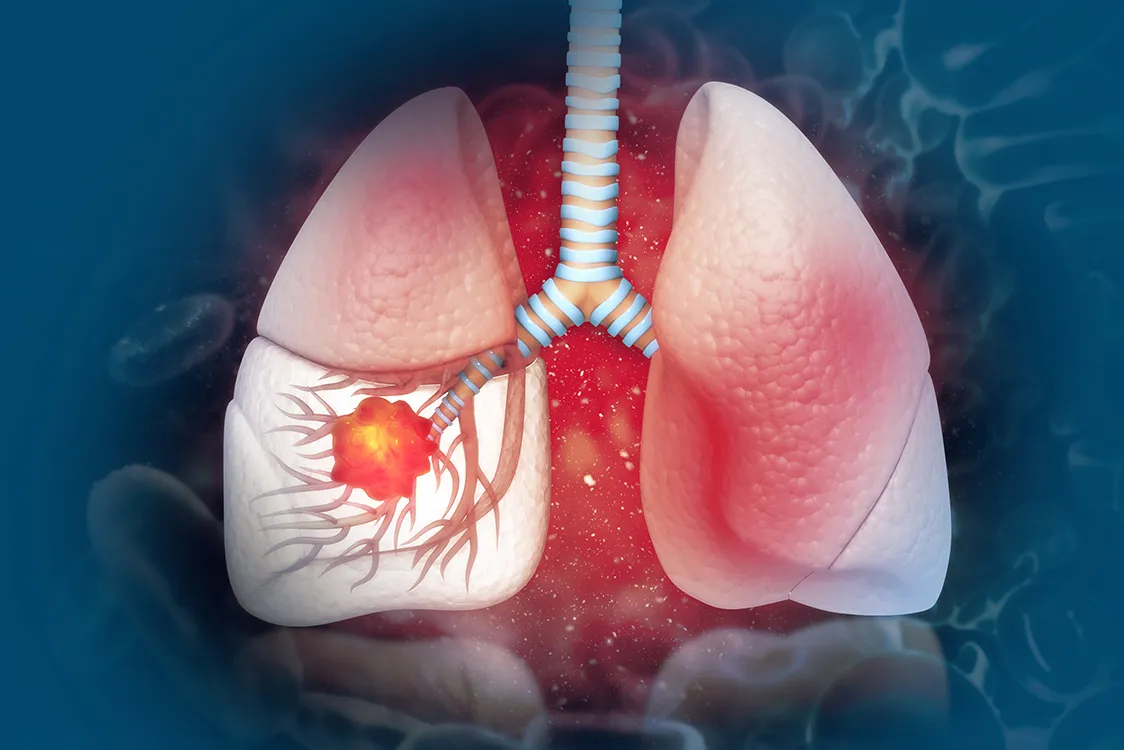With our sedentary lifestyle, increased pressure on our back results in back pain. A recent study published in a Rheumatology journal suggests that over 800 million people globally may suffer from lower back pain in 2050*, making it one of the significant healthcare crises.
What is Lower Back Pain (LBP)?
LBP is the most common ailment that many people suffer during their lifetime. It is a painful condition affecting the lower portion of the spine.
Lower back pain may also occur due to injuries, diseases, and medical conditions. In some cases, the pain in the lower back can make it difficult or impossible to walk, sleep, work, or do everyday activities.
LBP primarily reduces with rest or recovery of an underlying condition. However, if you have experience LBP for a very long time, you must consult a doctor for further investigation.
Why are lower back pain cases increasing?
LBP is a common ailment; four out of five people are reported to have lower back pain at some point. As per recent studies, LBP may become one of the significant healthcare crises in years to come*. Certain factors that lead to LBP are:
-
Occupation: Work that includes heavy lifting, bending, stress over the lower back, or prolonged standing can cause lower back pain.
-
Obesity or overweight: One significant factor that increases or worsens lower back strength is overweight. Excess body weight increases pressure on the backbone, disk, and joints.
-
Lack of exercise: When you do not exercise or walk, the stiffness in the lower back increases; this worsens with a sedentary lifestyle.
-
Increasing age: Lower back pain worsens with increasing age. People above 30 years are prone to have lower back pain. The tissues that cushion the bones in the spine wear away with age as the disks weaken and wear down, pain and stiffness also increase.
-
Underlying Medical Conditions: LBP may rise or worsen due to medical conditions like a ruptured disk, bulging disk, sciatica, arthritis, back sprains, fractures in the spine, osteoarthritis, ankylosing, spondylolysis and spinal stenosis.
Preventing Lower Back Pain
You cannot prevent lower back pain that may have occurred due to medical conditions in the spine. But you can manage factors that may cause or worsen LBP. Here are five things you can practice to reduce your risk of getting lower back pain:
-
Maintain a healthy weight: Excess weight puts pressure on vertebrae and disks. Exercise regularly, and stay active daily to relieve stiffness in your lower back.
-
Lift the right way: Hold heavy items close to your body; instead of bending down, sit down first and then lift things. Try not to twist your torso while you are lifting.
-
Increase abdominal muscle strength: Good muscle strength in abdominal muscles can help prevent lower back pain. Specific exercise programs help strengthen core muscles and support the spine.
-
Correct postures: Maintain healthy posture while you stand or sit throughout the day.
-
Vitamin D and calcium-friendly diet: You must ensure your diet has vitamin D and calcium sources so that in case of any injury, your bones can recover fast and prevent increased back pain.
In a nutshell, taking care of your lower back is essential as it helps you stay healthy and mobile. An increased lower back pain may impact your flexibility and mobility.
*Data Source: Lancet: Over 800 million people globally may suffer back pain by 2050: Lancet study – Times of India (indiatimes.com)





